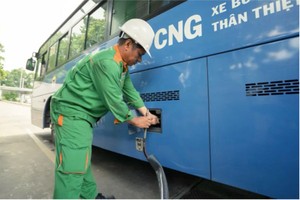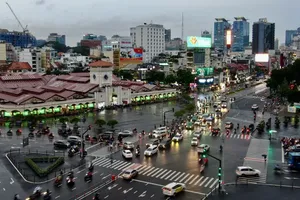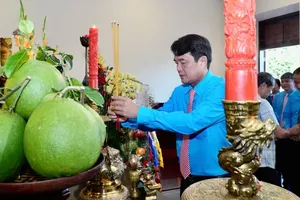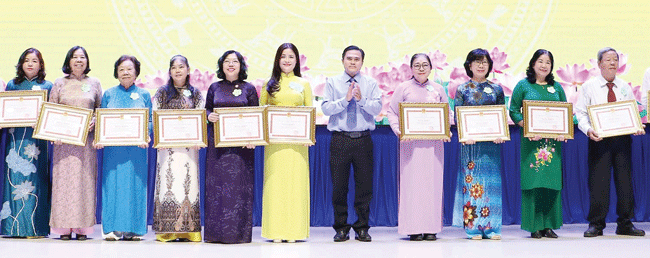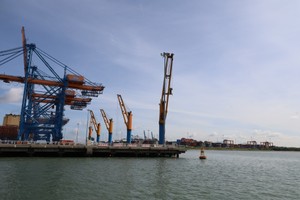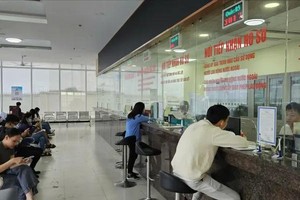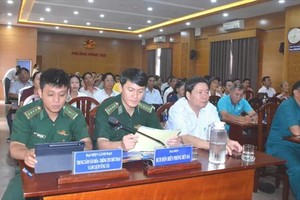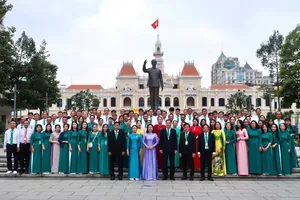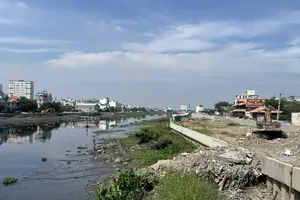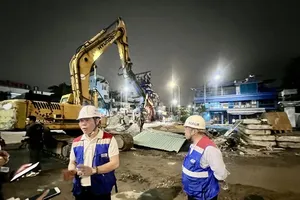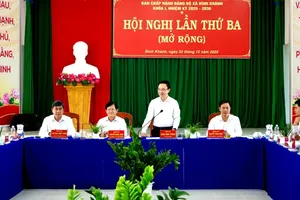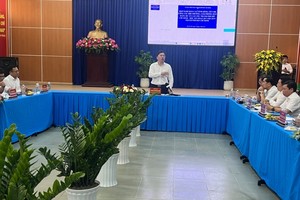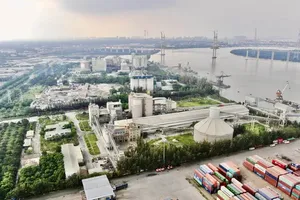
The economic picture of HCMC has become brighter after the harsh Covid-19 pandemic, leading to a higher demand on infrastructure development and accommodation renovation. This means a high need of leveling and construction sand as well.
However, sand exploitation permits are issued by provinces in a limited way. HCMC has even stopped greenlighting sand mining in the city for the last 10 years. These two have resulted in illegal sand exploitation, not to mention a huge profit from such activities.
Hot spots of unlawful sand mining around HCMC are on the rivers of Dong Nai, Tac, Saigon (From Trung An Commune to Phu My Hung Commune of Cu Chi District), as well as the coastal areas in Can Gio District.
Criminals normally work in bordering areas between districts at late night, when rivers are quite deserted. They control vehicles with large-capacity pumps to mine sand and quickly transfer this volume to smaller boats for distribution.
The local authorities have reported certain challenges in the task of fighting illegal sand miners. Firstly, it is rather tough to patrol quietly on rivers at night in order to unexpectedly catch law-breaking activities. Also, offenders often use sophisticated equipment to detect the functional teams on patrol and assign certain guards along popular motor-boat parking areas of the police so as to warn them in advance.
In 2022, the interdisciplinary inspection team of Cu Chi District paid 10 sudden visits along Saigon River, together with regular night patrols to actively stop illegal sand mining. They were able to detect 1 such case and retrieved 15m3 of sand. They issued an administrative fine of VND5.5 million (US$225) to one subject on trading minerals of unknown origin.
Vice Chairman of Can Gio District People’s Committee Truong Tien Trien informed that in the first 11 months of 2022, functional teams of the district discovered and handled 23 cases of illegal sand exploitation and transportation, imposed fines of VND1.3 billion ($53,355), and retrieved nearly 8,400m3 of sand.
He mentioned the extension of the current project ‘Combating Illegal Sand Mining in Can Gio Waters Bordering HCMC’ in the 2023-2026 period. Accordingly, key measures such as building border checkpoints in Can Gio waters to fight against crimes at sea, including illegal sand exploitation; allocating public investments to buy suitable motor-boats for patrols in Can Gio District will be carried out.
Dinh Hoai Phong, Deputy Head of Cu Chi District Division of Natural Resources and Environment, shared that to eliminate unlawful sand mining, his district is going to increase inspections along the section of Saigon River under its management. In addition, the local authorities are encouraging construction materials shops along this river to commit to refusing trading goods with unknown origin. Residents living near the river are mobilized not to perform illegal sand mining actions and immediately report to the police about any suspected subjects.
Deputy Director of the HCMC Department of Natural Resources and Environment Nguyen Thi Thanh My admitted that it is rather challenging to perform the task of inspecting and handling illegal sand exploitation in the city.
Particularly, information exchanges between HCMC and its neighboring provinces as to unlawful sand mining prevention and control is not consistent and effective. The site for temporary seizure of evidence is rather limited, leading to possible damage or loss. Moreover, the sanctions for illegal trading, transporting, storing, and consuming minerals with unknown origin (Part d of Article 17 in Decree No.98/2020 by the Government) are too mild.
To fully address the problem, the HCMC Department of Natural Resources and Environment is working with related state units and functional agencies to develop a detailed plan, along with proposal for more effective measures and stronger sanctions.
